US: 25 Goldsmith St, Greenville, SC 29609
You Can't Have It All: The Hard Truth About Strategic Sourcing
Jonathan Gardner • September 17, 2025
Everyone wants a perfect supply base. But perfection doesn’t exist.
If you source a unique, differentiated product, you’ll gain pricing power but sacrifice flexibility. If you rely on commoditized inputs, you’ll gain leverage but give up exclusivity. Push for rock-bottom cost and you’ll sacrifice service. Prioritize speed and you’ll pay a premium.
Strategic sourcing is never about getting it all. It’s about knowing which tradeoffs you’re willing to make.
Welcome to
The Value Chain Advantage. Each week, I share hard-earned strategies to help ambitious companies unlock clarity, protect margin, and scale without chaos. From sourcing to sales, procurement to planning, this newsletter is for founders, revenue leaders, and operators working to strengthen every link in their value chain.
Why Most Teams Struggle
Clients come to us all the time wanting it all. The problem isn’t ambition, it’s direction. Without a clear sourcing strategy, teams end up pushing suppliers in every direction at once. That leads to churn, strained relationships, and more volatility, not less.
As operators turned advisors, we know the winners aren’t the ones who push hardest. They’re the ones who choose consciously, signal those choices to suppliers, and stick to them with discipline.
The Tradeoff Lens
The reality is, there are always tradeoffs. The question isn’t whether they exist — it’s whether you’re making them on purpose or by accident. Unchecked, tradeoffs quietly erode margin, strain suppliers, and create fragility. Managed well, they become a source of competitive advantage.
These choices show up everywhere in sourcing decisions, from product design to supplier strategy, and they shape whether your supply chain becomes a strength or a liability.
Where Tradeoffs Show Up
- Differentiated products can elevate your position in the market, but they usually come with higher switching costs and less supplier competition.
- Commoditized products give you negotiating power, but they also expose you to price swings and reduce your ability to stand out.
- Single sourcing helps create consistency in your products, which builds brand loyalty. But it also creates single-source risk. One big disruption = lost sales. The same strategy that strengthens your customer experience can also expose you to fragility in your supply chain.
The smartest teams accept this tension and then use it to their advantage. By getting clear on which lever matters most in a given season (cost, service, speed, or risk), they build trust with suppliers and improve results across the board.
From Insight to Action
Here’s how to turn sourcing tension into a strategy that works.
- Map your supply tradeoffs. Put your key categories on a chart with cost, service, speed, and risk as the axes.
- Spot your pressure points. Where are you demanding everything at once? Where are you over-indexed?
- Choose deliberately. Identify where you can make a conscious choice that strengthens your position and improves supplier trust.
This simple exercise reframes the conversation inside your team and with your suppliers. Instead of chasing the impossible, you start making deliberate, strategic decisions..
What We've Learned
In sourcing, trying to have it all often means ending up with nothing you truly want. The companies that win are the ones who accept the tradeoffs, prioritize clearly, and lead their supply base with conviction.
What’s the biggest tradeoff you’re navigating in your supply base right now?
Enjoyed this article? Subscribe to never miss an issue.









